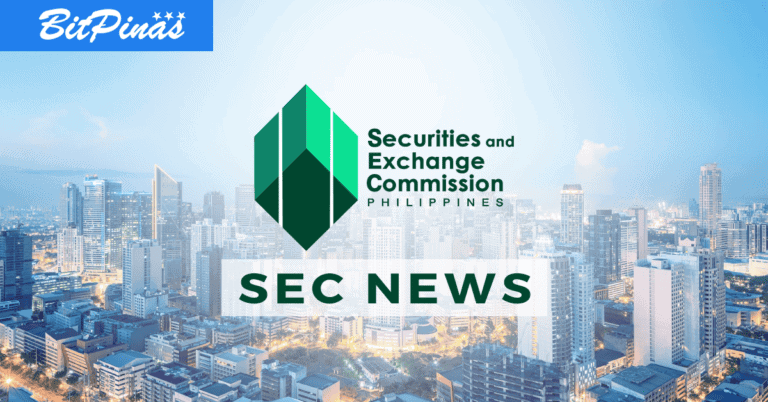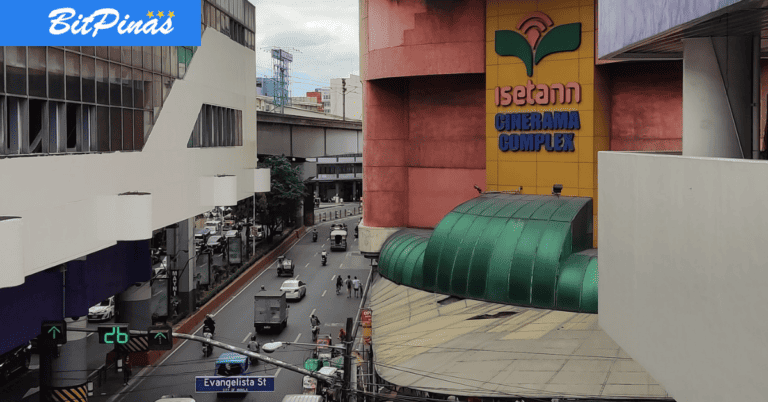Integrating Technology to Social and Community Projects
Technology is an enabler for further innovation as an essential asset in helping humanitarian and non-profit programs in becoming more sustainable for the long-term.
The rapid development of technology has set new levels of growth to businesses and the global economies throughout the decades. With a looming technological transfer from the tech platforms employed today to the emerging frontier technologies such as Blockchain, the Internet of Things (IoT) and others. As we usher in the use cases of these technologies, their adoption is another matter for both enterprises and institutions. Early adopters are banking on the vision and a fundamental study on how these emerging technology presents a transformational effect on their current operations and outcomes.
Randy Knutson is the CEO of DynaQuest. Check out all opinion articles from Randy here.
In planning to adopt and integrate a feasible new technology to your projects, there are several considerations to be held, basing from an assessment standpoint. From a contemplative basis to a routine assessment on feasibility of use to crafting a solid use case – project managers and business managers must have utilize the emerging technology integration framework for the aspects of business development – that were retrofitted to support social and community development.
Layers of Assessment on Tech Adoption
With every planned tech migration of would-be adoption of technology for incorporating into an existing project, there are assessment stages throughout:
Assessment Standpoint
- Sustainable Development Assessment – Planning the sustainability of the project from here to a specific time span consisting of months, quarterly, annual and a defined set of years with your presets on performance indicators. This may also include budget forecast, resource planning & management, programme design and change management as variables.
- Technology Assessment – Assessing the proper technology that is being planned for integration or adoption. Is this the right technology? What are the technologies that are able to accomplish the same that are out in the market? Is this technology reliant on a vendor or is an open source platform? Is the technology being utilized in the market and in your industry? What is the outlook and projection of the said technology in five years time? Will it still be serviceable?
Development Standpoint
- Sustainable Development – Sustainable programs are an evolving platform to meet the current and future needs of its beneficiaries. A roadmap to serve as a development framework in attaining both major and minor goals are part of its overall development. As the environment and variables concerning the program change, the program’s sustainability is affected by its trajectory: is the model meeting its objectives? What variables are proving the most challenging? What are the variables that poses a risk on continuity for the program? With an impending technology embed, that said technology must meet or improve the program’s sustainability development and goals.
- Technology Development – Includes the technical groundwork, programming tasks, administration layout & governance for the impending embedded technology to be workable, serviceable and becoming a premium addition to the program. From the original developers to the team tasked to maintain the technology, the sustainability for its long-term use and new horizons on improvement, further development and unlocking new innovations within the technology must be accounted for. New stakeholders, custodians, participants and new partners will also affect how the technology will be governed and improve in the immediate future.
- Governance Development – The success of embedding technology in the program immediately nets new groundwork on governance, maintenance and other strategic measures to further pioneer future efforts and launch new innovation within the embedded technology framework. Resources must be re-applied to the research, performance evaluation and educating new stakeholders, partners and program beneficiaries. In turning the beneficiaries into programmers of their platform, we are empowering them and the program in developing new champions that will also propel the program into the future.
Program Sustainability and Continuity
Technological platforms which are the basis for new performance objectives and new pivotal developments are also an avenue where resources are needed to be re-allocated from time to time. The embedded technology will operate in a governance and operations model as it will need technical resource in maintaining its guaranteed runtime or uptime. As we look into the future where technology meets sustainability as an investment to further pilot innovation into workable programs that are constantly evolving to meet new objectiveness, new needs and addressing the challenges of the future, there must be a large-scale awareness, cooperation and strategies encompassing all partners and stakeholders of the program. The following governance and sustainable continuity measures are recommended:
- Governance and Coordination – From program director, to technical advisors and guidance managers, the embedded technology must also enrich and increase the awareness and knowledgebase of all stakeholders. This is to initiate new ideas, new directives and new policies in the governance and direction of the technology.
- Monitoring and Review – This pertains mainly on the task of monitoring key performance indicators that are the basis for key policy changes and new strategies in governance and re-deployment of resources to ensure that the technology is meeting or exceeding expectations. New variables that affect environment, economy and other social issues will constantly be affecting the program and its technology, where new measures and diagnostic factors will need to be addressed in an evolving governance effort.
- Assessment and Diagnostics – For the policies and strategic turnout of the program’s direction, the constant review, study and new policies that will dictate strategy and pivots of the future will come from program directors as they work with the data and insight to make informed decisions that addresses the challenges of today and tomorrow.
- Technical & Technological Innovation – The success of embedding a technology today will help attain the targeted benefits in terms of performance and program goals. As changes happen on accounts of newer, more innovative platforms that come to the field, there must also be constant evaluation, research on feasibility and the guidance of technical experts to help manage governance and planned innovation of the platform. Today’s technology may not necessary meet tomorrow’s challenges and that is a task for the nascent and next in line series of technology.
Technology as Enabler
The pandemic has shed light on the vulnerabilities of social and humanitarian programs. From the exposed weaknesses is the chance to reinvigorate, recalibrate and reinforce those programs into a more resilient, more agile and more sustainable means on continuing its missions to the beneficiaries of today and its next generation. Technology is an enabler for further innovation as an essential asset in helping humanitarian and non-profit programs in becoming more sustainable for the long-term.
This article is published on BitPinas: Integrating Technology to Social and Community Projects




